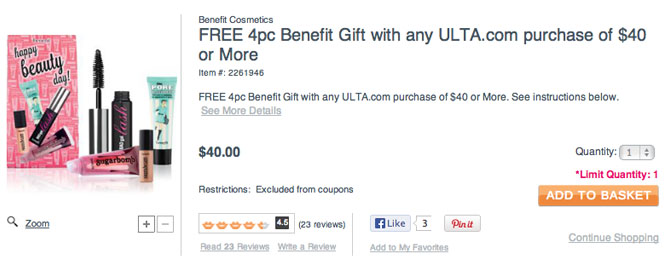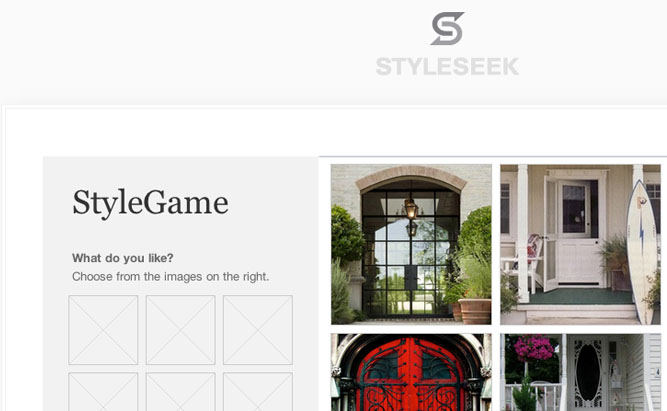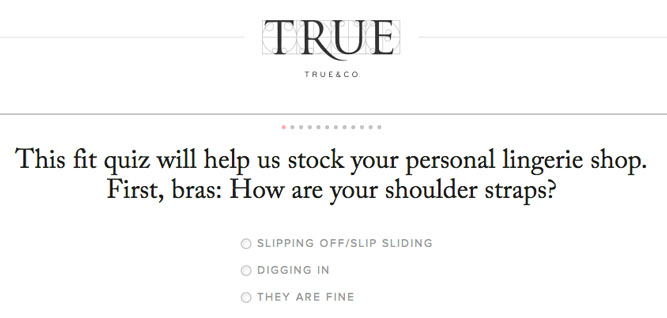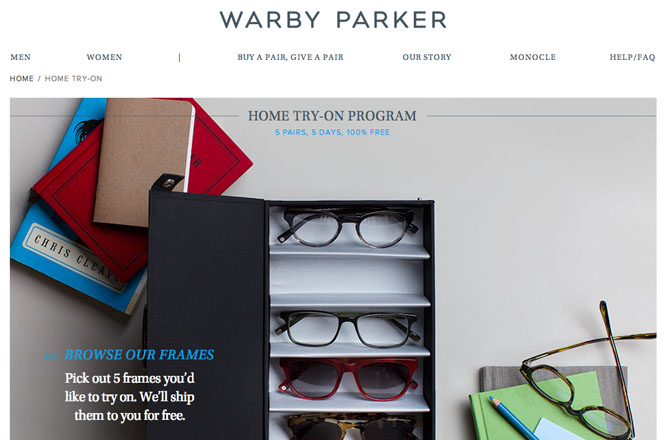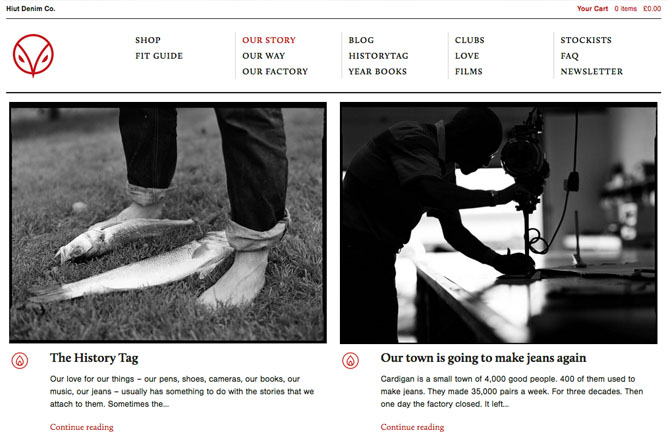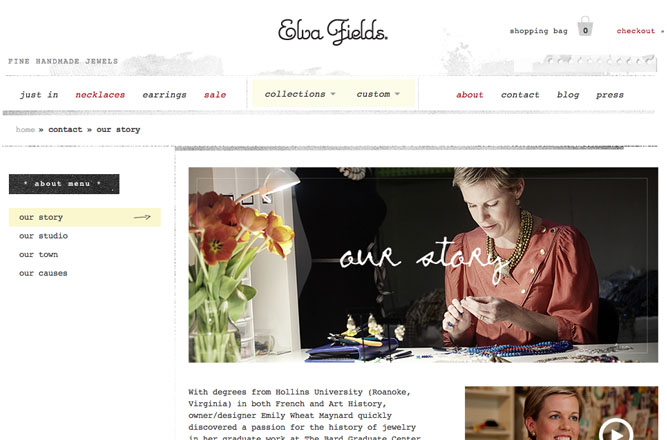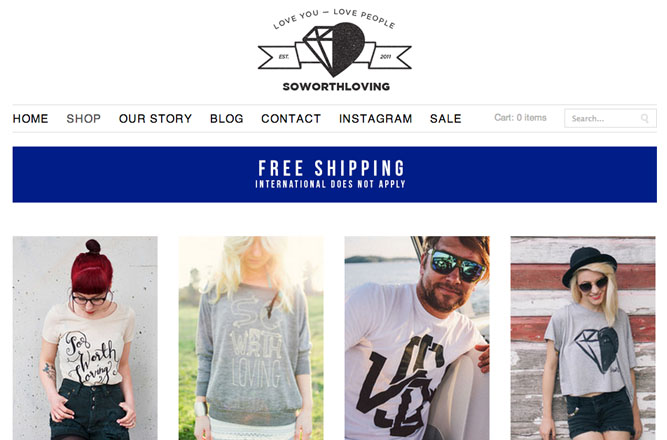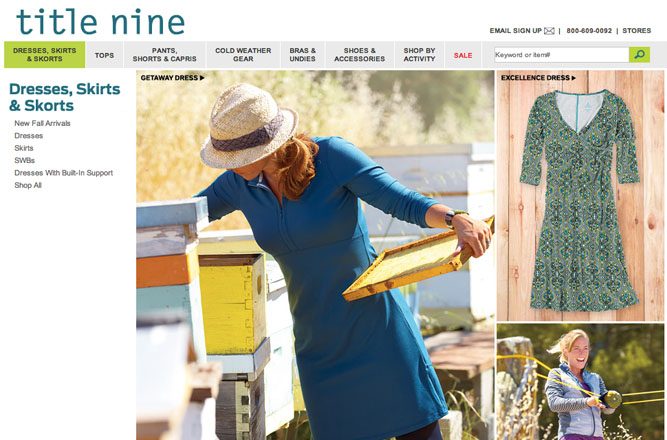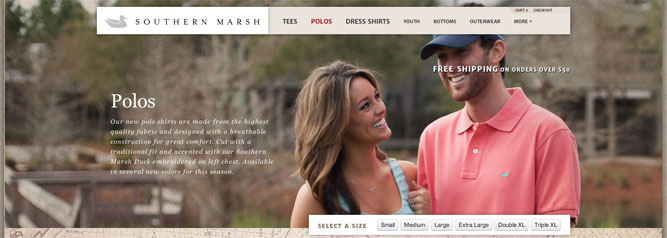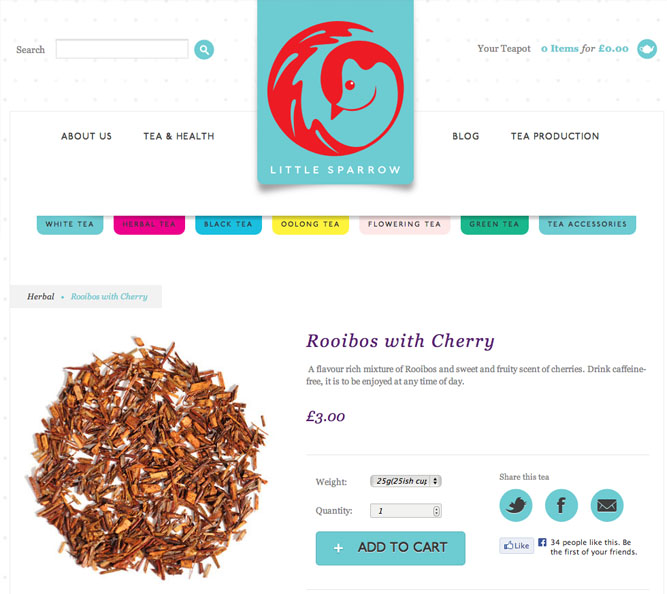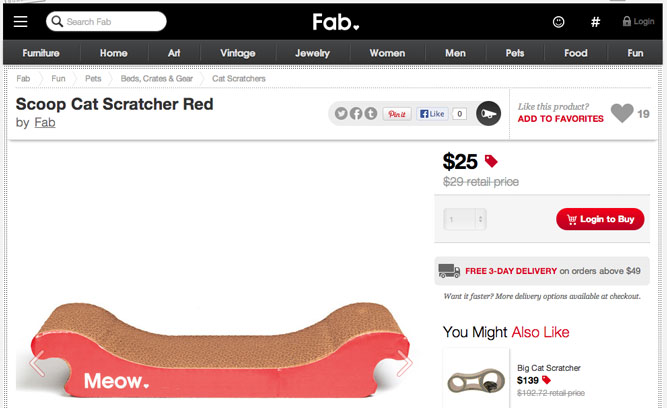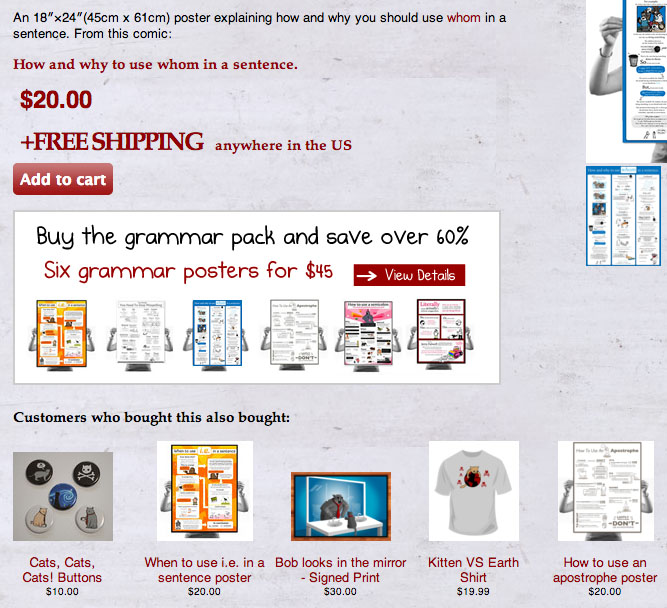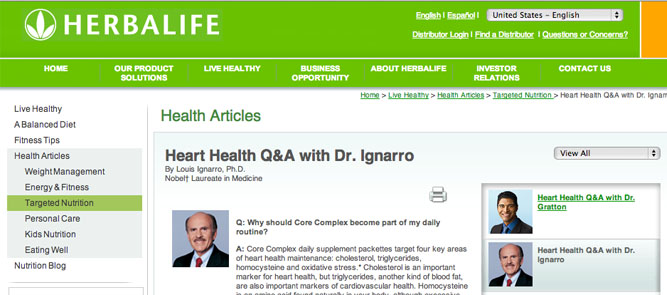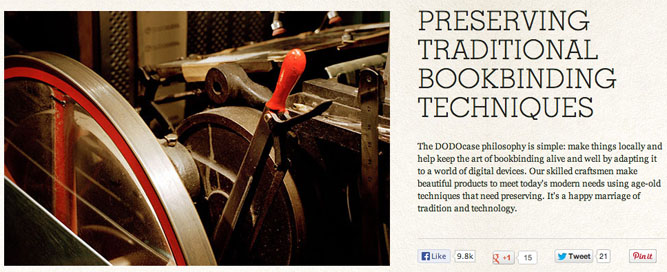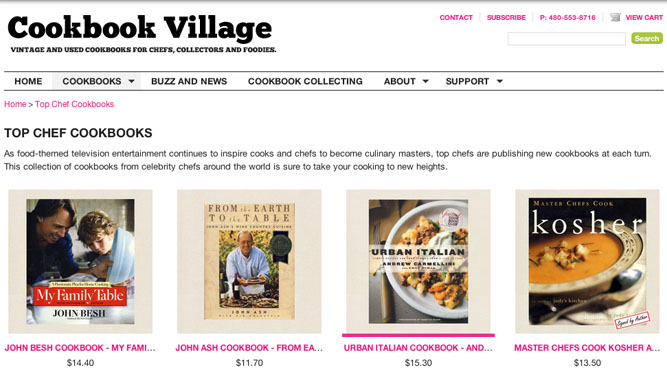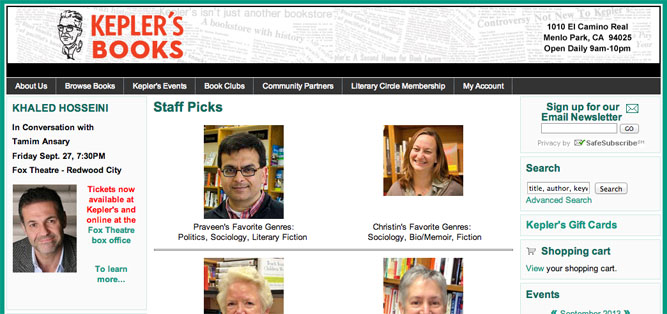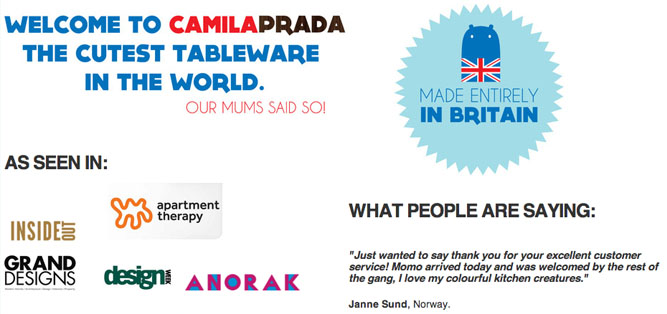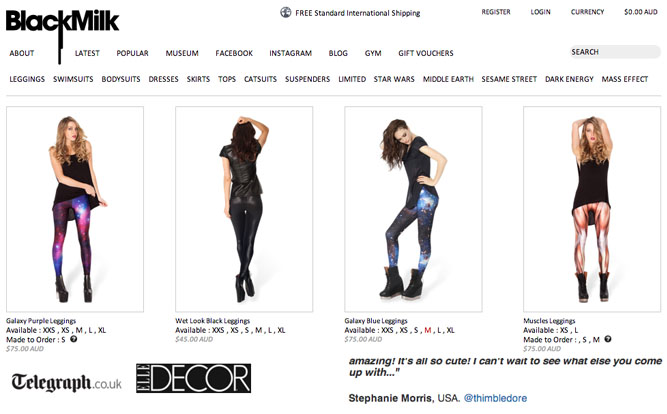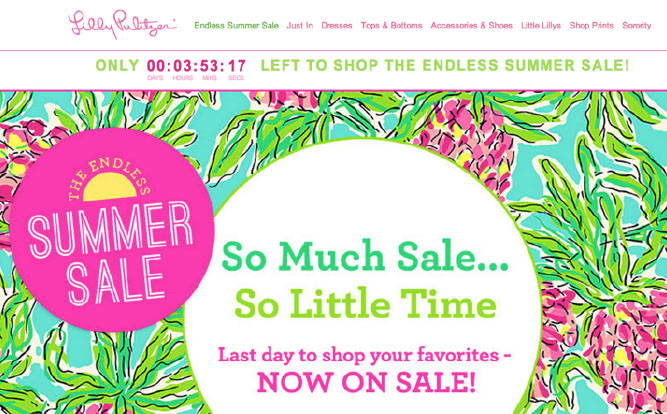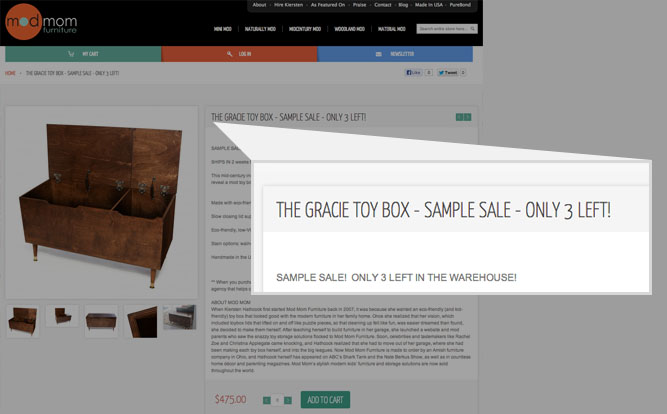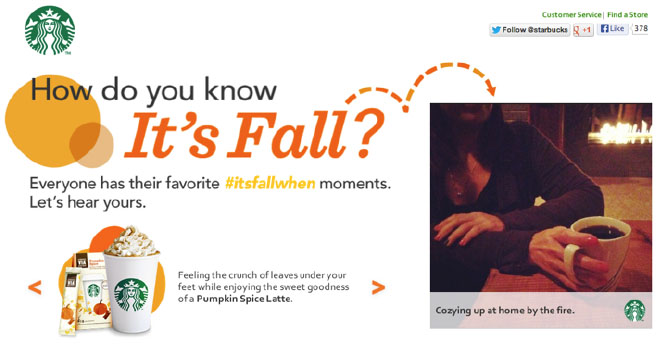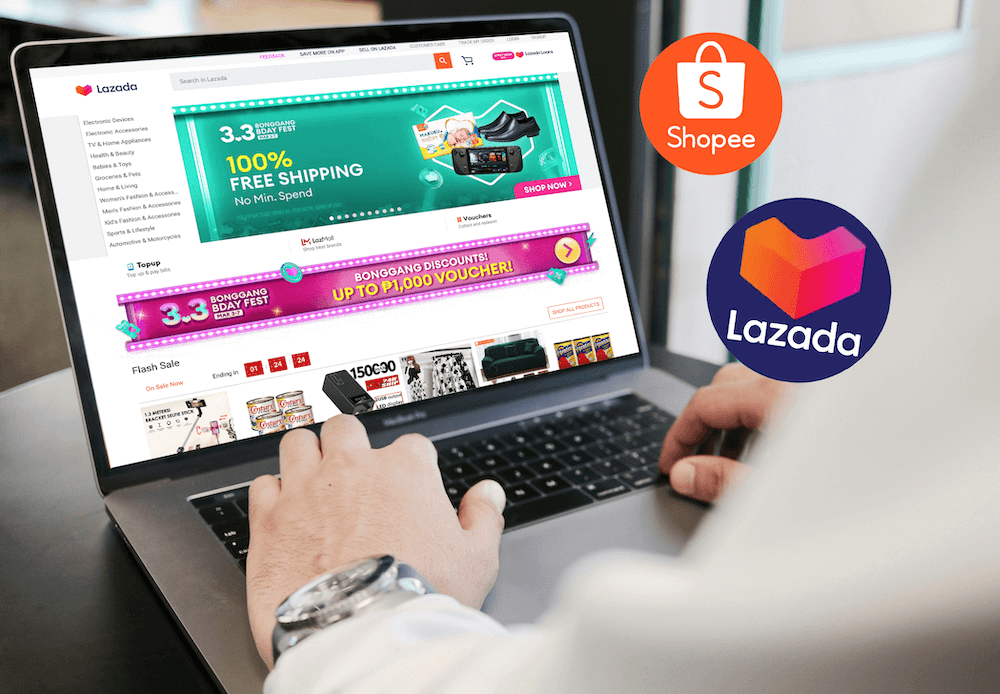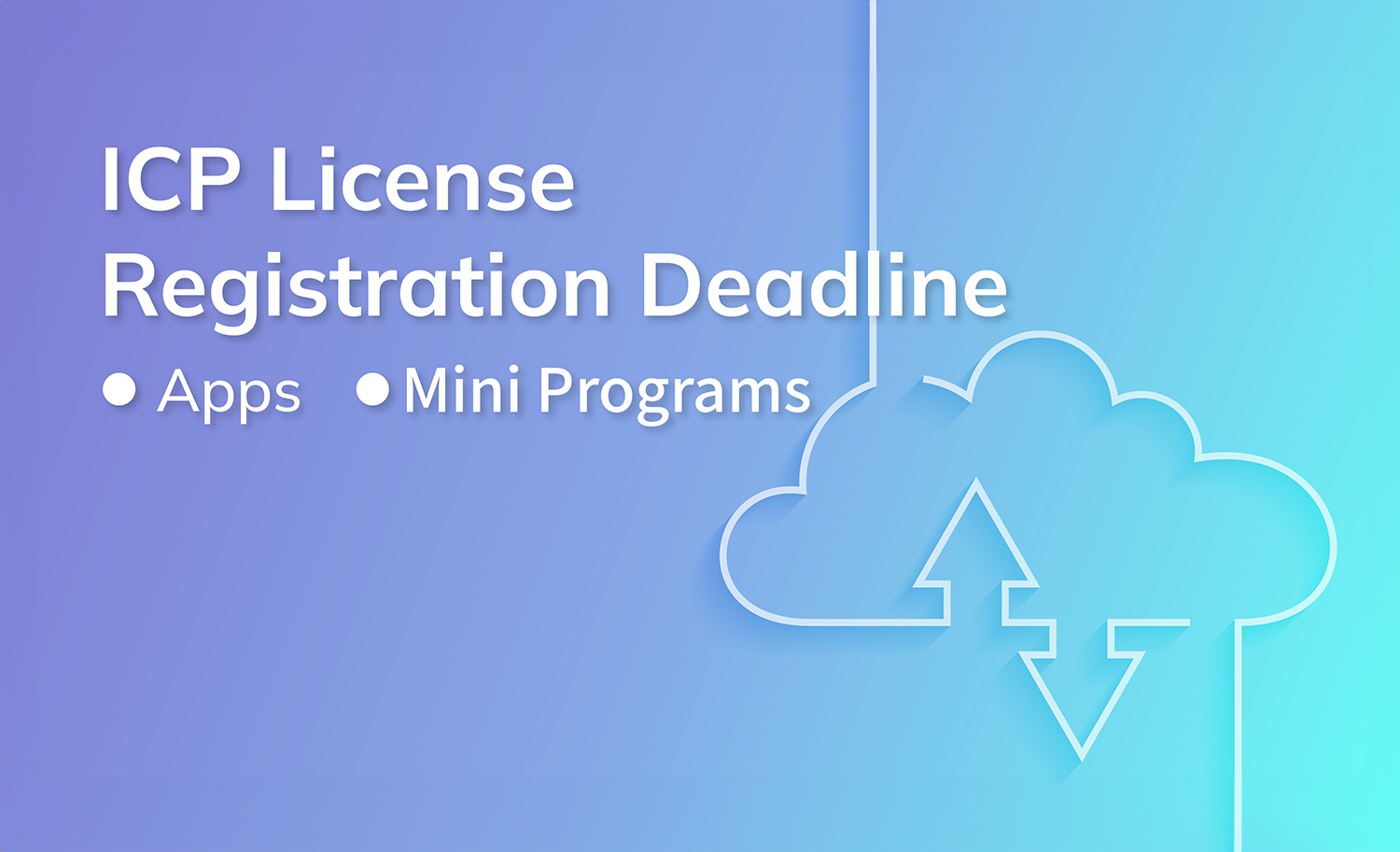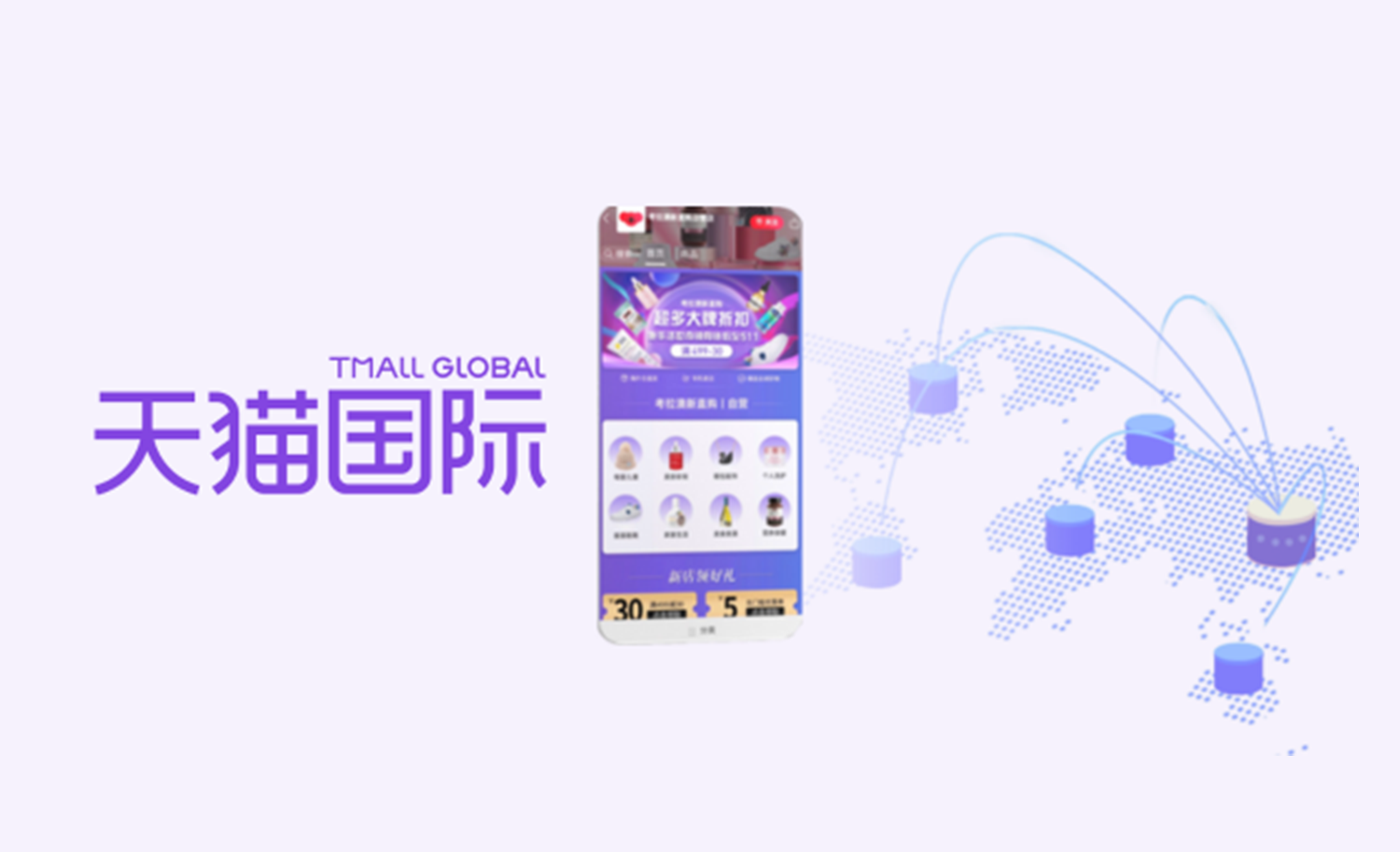Whenever anyone asks me what marketing books I recommend that will help them sell more, the very first one I point them to is “Influence” by Robert Cialdini, published in 1984.
A professor of psychology and marketing, Cialdini lays out six ways you can get people to say yes to what you're asking. Anyone who sells things for a living, online or offline, should know, love, and live these principles:
- Reciprocity
- Commitment & Consistency
- Liking
- Authority
- Social Proof
- Scarcity
Let's take a look at how you can build some of these influence triggers into your online store to start getting more sales and customers.
1. Reciprocity
The principle of reciprocity means that when someone gives us something we feel compelled to give something back in return. Have you ever gone to Costco and ended up with an unplanned sausage purchase in your cart? Simply because you felt a nagging obligation to buy after you tried a free sample? Well, that was the principle of reciprocity in action.
Of course, online retailers can’t personally visit the house of each person who interacts with them to shove a sample in their hand. So how can you make reciprocity work for you?
Free Gift with Purchases
You might not be able to offer something in advance, but you can definitely offer something alongside. This tactic is a favorite of cosmetic and beauty products as demonstrated below by Ultra Beauty.
Even if you don’t advertise the gift in advance, slipping samples of other products into your shipped product can create the feeling of having received a gift that might earn you a second purchase.
The Gift of Content
Content can be a good way for online retailers to provide value to potential customers—in effect, giving them a gift. For example, StyleSeek presents new users with a fun quiz they can go through to reach recommendations for clothes that match what they like:
True & Co, an online lingerie retailer, helps women figure out the right size and style of bra for them:
So whether it’s a guide for how to make the perfect vinaigrette or an exclusive author interview, use content as an ethical bribe that makes people feel grateful towards your business.
2. Commitment and Consistency
The principle of commitment and consistency says that people will go to great lengths to appear consistent in their words and actions - even to the extent of doing things that are basically irrational.
That’s why if you’re trying to make a change in your life - losing weight, for example - it can be very helpful to state your goal publicly. Once you’ve committed out loud (or online) you will have much more incentive to keep up your end of the bargain.
As a retailer, if you can get customers to make a small commitment to your brand (like signing up for your email newsletter), they are more likely to eventually purchase from you. And if you can actually get products in their hand, even if there is no official commitment to buy them, your chances increase even more.
This is the principle behind Warby Parker's Home Try-On Program:
Warby Parker knows that with a product that sits right in the middle of your face all day, look and fit are important. They also know that if they can get a set of frames in your hands, they are probably about 50% of the way to making a sale. So they make it as frictionless as possible - order the samples, get the box, order the frames you want, and send the box back for free. They say there's no commitment, but they are wise students of Cialdini - they know the customer feels the commitment the minute they open the box.
Zappos’ famously easy return policy is another example of this - there is less friction for the customer to buy, because they know that if they don’t like it they can return it. But once they have the product in their hands, will they really return it? Probably not. They're already committed.
3. Liking
The principle of liking says that we are more likely to say yes to a request if we feel a connection to the person making it. That’s why the sausage sample lady at Costco is always giving you a nice smile.
It’s also why brands hire celebrities to endorse their products - so that people will transfer their love of Roger Federer to the watches he’s endorsing.
There are lots of ways to make this principle work for your store:
Telling Your Story
As a direct-response marketer, I tend not to truck much with branding. But if there’s one place that branding is essential, it is in triggering the principle of liking.
Every element of your store - colors, fonts, photo styles, copy - contributes to your brand personality, and your goal is to create a personality that is cohesive and that your target customer will like. This might be brisk and efficient if you are selling into a business market, warm and playful if you’re selling children’s products, 'earth-mothery' if you’re selling natural products.
Many stores will include something like an “About Us” page that is basically brand personality distilled. Here’s an example from Hiut Denim Co:
And one from jewelry designer Elva Fields:
This is a great way to sum up your story and to get people to like you.
Use Models People Can Identify with
If you’re selling clothing, jewelry, or accessories, one quick way to create a connection to your customer is to show your stuff on people they will identify with and like. This doesn’t mean you need to book Russian supermodels; it’s best if they look like your customers. This might mean funky and cool, like So Worth Loving:
Casual and athletic, like Title Nine:
Or preppy, like Southern Marsh:
Social Links
People are more likely to purchase something if it’s recommended to them by someone they know and trust. So make sure that your product pages have links to Twitter, Facebook, Pinterest, and Google+ so that your customers can tell their friends about the great product they just found on your site.
I know this sounds obvious, but I had to poke around to find examples, especially with smaller stores. But tea shop Little Sparrow is doing it right:
And so are more well known brands, like Fab:
Display What Others Are Buying
Have you ever noticed someone wearing the same shoes or shirt as you and mentally saluted their fine taste? You probably felt a quick connection with that person based solely on that one data point.
Stores can play off that idea by presenting products that are similar to what the person is browsing, as seen here in the online store for the comic The Oatmeal:
4. Authority
Most people have heard of the famous Milgram experiments, in which volunteers were convinced to continue delivering what they thought were incredibly painful electric shocks to unseen subjects, even when they could hear (faked) screams of pain. The presence of a man in a lab coat telling them to continue was enough to earn the compliance of nearly all the volunteers.
People appear hard-wired to respond to authority (or the appearance of authority). How can you use this to sell?
Expert Creation
Does your product have a scientific secret sauce? Display content from professionals with credentials like Herbalife:
Is it hand-crafted by trained artisans? Tell the world all about them like Dodocase:
And of course books are another great example of this. Are you more likely to buy a run-of-the-mill book about how to cook French Food… or one by Jacques Pepin? Cookbook Village knows that big names sell books and they have a whole section for big name chefs:
Expert Curation
These days the range of products available to a shopper is so vast it’s hard to wade through them all—and that’s why 'curation' has become the buzzword of the moment.
Do you have a chief stylist (or someone who could reasonably pass for that)? Have a page with her top picks for the season. Selling fitness products? Have a personal trainer give his favorite picks. Even a little authority is enough; Kepler’s Books provides recommendations from each of their staff members:
5. Social Proof
The principle of social proof is connected to the principle of liking: because we are social creatures, we tend to like things just because other people do as well, whether we know them or not. Anything that shows the popularity of your site and your products can trigger a response.
Have you gotten good press? Mention it! Received loving emails from customers? Quote them! Gotten good feedback from your mom? Heck, get it up there. Look, cute tableware purveyor Camila Prada has done all three:
Another tactic is to provide a “Best Sellers” or “Most Popular” page, as demonstrated by Black Milk below. Are the anatomically-correct muscle leggings really their most popular, or just the ones that are most piled up in the warehouse? As a consumer, I don’t know. But declaring these particular leggings the most wanted, has given them a sheen of desirability.
And of course, ratings and reviews, a la Amazon and countless other retailers, are another fine way to show social proof.
6. Scarcity
Cialdini’s final principle is the principle of scarcity, which states that people are highly motivated by the thought that they might lose out on something. Call it the Eternal Teenager Principle: if someone tells you that you can’t have it - boy, do you want it. This is probably the one I’m the biggest sucker for, personally.
Marketers trigger this effect by using all kinds of tactics to suggest that products (or low prices) might soon be gone, or that someone is trying to keep this product off the market.
Deadlines for Sales
Lily Pulitzer is counting down to the second when she her summer sale prices will become unavailable.
Impending Out-Of-Stock Announcements
You want that cute toy box from ModMom? Well, you’d better hurry - there are only three left!
Seasonal or Limited Products
Every March when my friend gets her green Shamrock Shake from McDonalds she crows with happiness all over the social media. Think she’d be that excited if she could walk in and get it any time? Of course not. The knowledge that the supply is limited motivates her—and makes her feel like a success for having “won.”
And speaking of me being a sucker for this tactic, that’s exactly how I feel about my Pumpkin Spice Latte from Starbucks.
But What About Pricing?
You may be wondering where the extremely common retail tactics of sales & discounts fall under these six principles. Is Cialdini saying that price doesn’t impact people’s purchasing behavior?
Of course it does, and Cialdini mentions a couple of pricing experiments in the beginning of his book. But think of it this way: the price of your product represents the size of a risk someone is going to take on. In other words, people will be a lot more choosy over a $10,000 product than one that is $1.
Risk Removal
The six principles of influence represent additional non-obvious ways to impact perceived risk. For example, by using appeals to authority, you're decreasing the risk of a 'yes' - someone who says yes (to your appeal to buy a product) can always point to the authority you've demonstrated to rationalize their purchase. By using scarcity tactics, you're increasing the risk of a 'no' - someone who declines your offer right now might miss out.
So given a price that you have settled on for your products, using the principles of influence can decrease the risk of 'yes' (liking, social proof, authority) or increase the risk of 'no' (scarcity, consistency, reciprocity).
Sprinkle them throughout your site and watch your sales go up!
From Shoify Blog by Mark Macdonald


